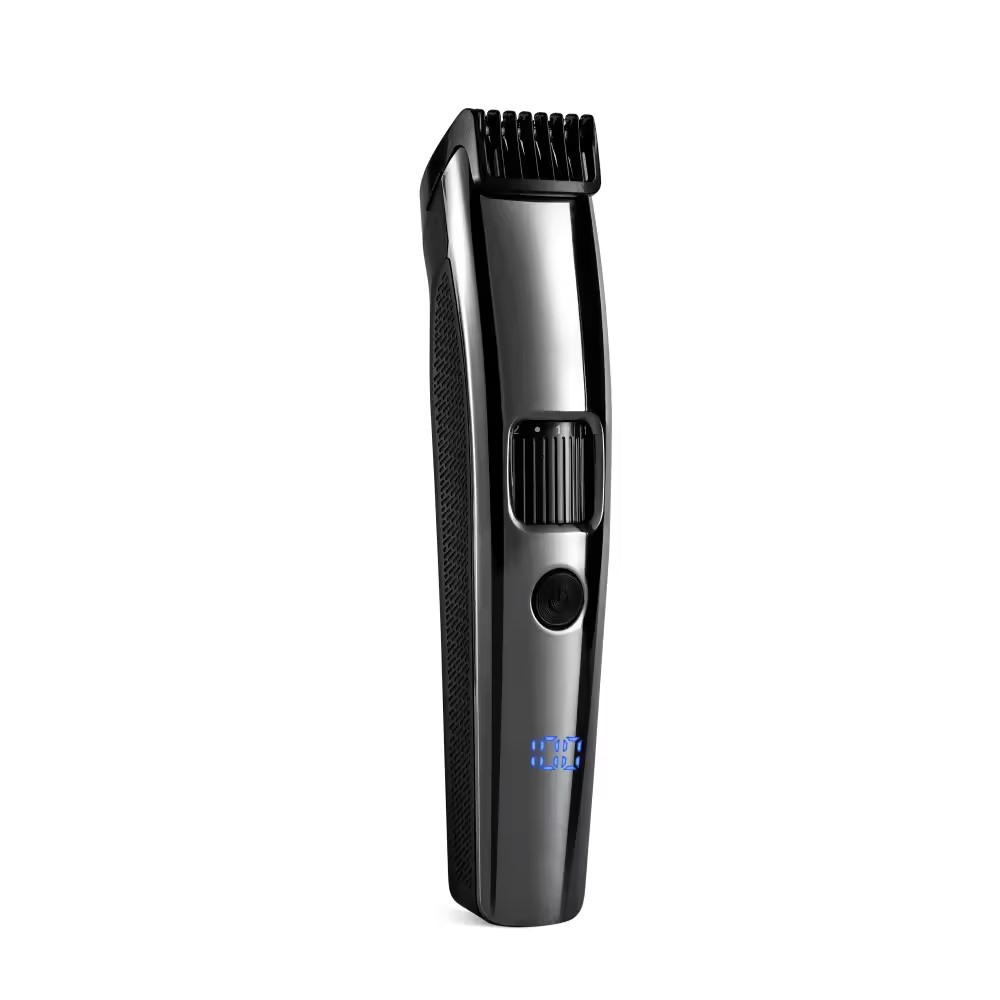It is essential for hair styling and beauty devices manufacturer to maintain product consistency, ensure user safety, and improve employees’ performance. With the help of Cause-and-Effect Diagram, Huux can develop a clear visual display, an explanation, and a thorough analysis to the core of any issues.
Concept and Purpose
The Cause-and-Effect Diagram, also commonly known as the Fishbone Diagram, one of the foundations in our company’s analytical and problem-solving processes, is a structured, visually displayed method for identifying and breaking down the problem. It also works as a tool of understanding the complicated mixture of causes in production or outcome deviations.
The Fishbone Diagram is used to form a comprehensive examination into why a problem might occur, helping Huux to shift from reactive correction repairment to proactive prevention measures. By mapping out all potential factors on the that may contribute to or influence a particular outcome, the diagram becomes supporting evidence in data-driven decision making. At Huux, the tool is widely applied in the production of our electric hair clippers, electric shavers, hair straighteners, hair dryers, curling irons, hot air brushes, and face brushes. In scenarios such as production quality management, customer major complaint analysis, process and production line refinement.
The diagram’s visual clarity helps managers and engineer teams in Huux with identifying related variables. It builds the structure of complex discussions, and could prioritize important measures, all of which are essential for sustaining Huux’s high standards in product quality and customers satisfaction. Its skeletal layout and intuitive way of working enable research teams here in Huux, to surpass surface-level observations and get to the true root causes of what is affecting production performance and product reliability.
Structure and Framework
The Fishbone Diagram got its name from its resemblance of the skeleton of a fish:
the head represents the core issue that is to be addressed, while the spine and branches represent various categories of brainstormed potential causes.
Huux follows the classic 5M1E framework as the foundation for Fishbone analysis:
- Man (Personnel): Operator skill levels, employee training, working discipline, etc.
- Machine (Equipment): Machine function, maintenance schedules and costs, accuracy in calibration, etc.
- Material: Raw material information, supplier and supplying consistency, batch differences, etc.
- Method: Production process standardization, inspection protocols, operating and employee training procedures, etc.
- Measurement: Measuring tools’ accuracy, frequency of measurement, measuring condition and environment, etc.
- Environment: Production temperature and humidity, overall workplace conditions, etc.
Each major category can be further expanded into sub-causes, allowing our teams of research engineers to map every relevant factor with precision.

Types of Fishbone Diagrams
Huux uses three basic forms of the Fishbone Diagram, each applied differently according to specific business objectives:
- Cause-Oriented Diagram
Cause-Oriented Diagram focuses on figuring out the reasons behind a problem. It commonly answers questions typically phrased as “Why did this issue occur?” and is often used in post-challenges and production defect analysis. - Countermeasure-Oriented Diagram
Countermeasure-Oriented Diagram is used to explore potential improvement strategies in production. It asks questions like “How can we enhance or improve this process? The chart is often applied during process or product improvement initiatives. - Problem-Sorting Diagram
It is used when relationships among elements are structural rather than causal. Helps the team to categorize and organize complex information before diving into deeper analysis.
Practical Process
At Huux, the process of developing a Fishbone Diagram is a collaborative exercise that integrates various expertise from production, engineering, and quality management teams. The process unfolds through the following steps:
- Define the Problem:
Like any analysis carried out in the company, the team would have to first identify and articulate the issue at hand clearly. - Construct the Diagram Framework:
Draw and prepare the main spine and the major branches of the fish, representing the 5M1E categories. - Brainstorm Potential Causes:
Conduct a group brainstorming sessions to gather diverse perspectives from all expertise. Please note that all ideas are documented without criticism to encourage full open participation. - Categorize and Connect:
Group similar causes together, remove those who aren’t, and organize information in its logical connections to form the diagram. - Identify Key Causes:
Highlight and mark those potential root causes using symbols or color codes for analytical clarity. - Apply the “Five Whys” Technique:
For each suspected cause, ask yourself, “Why?” repeatedly, until the fundamental cause is uncovered. - Take Actions:
Take actions to solve the addressed root cause, collect another round of data, for comparison.

Collaborations between Other Analytical Methods
The Fishbone Diagram is not an alone tool. In Huux’s quality management, we often integrate this with complementary methodologies such as 5W1H (Who, What, When, Where, Why, and How) and Pareto Chart.
This combined approach ensures that problem-solving measures remain both comprehensive and evidence-based, preventing the draw of shallow or fragmented conclusions.

Practical Application: Case Study at Huux
Electric hair clippers, electric shavers, hair straighteners, hair dryers, curling irons, hot air brushes, and face brushes are just a few of the beauty products that Huux manufactures. For the sake of explanation, let’s look at Huux’s hair dryer production line. A final inspection during the hair dryer production process revealed data of inconsistent temperature readings. To examine possible causes, the quality control team started a Fishbone Diagram session.
Several contributing factors may be identified through structured brainstorming, including inconsistent thermistor use, variations in coating and heating elements, operator and operation differences, and humidity levels in the environment.
The underlying root cause may have been sensor misalignment during assembly, as determined by applying the “Five Whys” technique.
Following this analysis, our team carried out the action to enhance operator training. Production consistency then improved significantly, reducing previously detected defect rates by over 60% within just a single quarter.

Benefits and Strategic Value
The Fishbone Diagram provides several measurable benefits to Huux’s operations:
- Enhanced Root Cause Accuracy: By promoting the Fishbone Diagram, Huux is promoting a factual, data-based reasoning culture of working, over judging from assumptions.
- Improved Collaboration: Teaming up the different departments in Huux, we encourage the input participation of multiple fields and perspectives.
- Systematic Problem Solving: This systematic way of problem solving, ensures corrective measures are addressed to underlying causes, not surface symptoms.
- Knowledge Retention: The diagram could also capture institutional learning for future process standardization.
Ultimately, the Fishbone Diagram reinforces Huux’s commitment to Total Quality Management principles and strengthens our reputation for innovation, reliability, and form a stronger bound through customer trust.
Conclusion
Product excellence is not attained by accident in the cutthroat beauty technology market of today; rather, it is engineered through methodical, disciplined data analysis. Huux keeps turning difficult problems into opportunities for action by combining quality control procedures with the Fishbone Diagram.
Every Huux product—including electric hair clippers, electric shavers, hair straighteners, hair dryers, curling irons, hot air brushes, and face brushes—meets the highest standards of quality and performance thanks to this methodical, team-based, and data-driven approach. “Beauty, defined by precision” is what we pledge.









